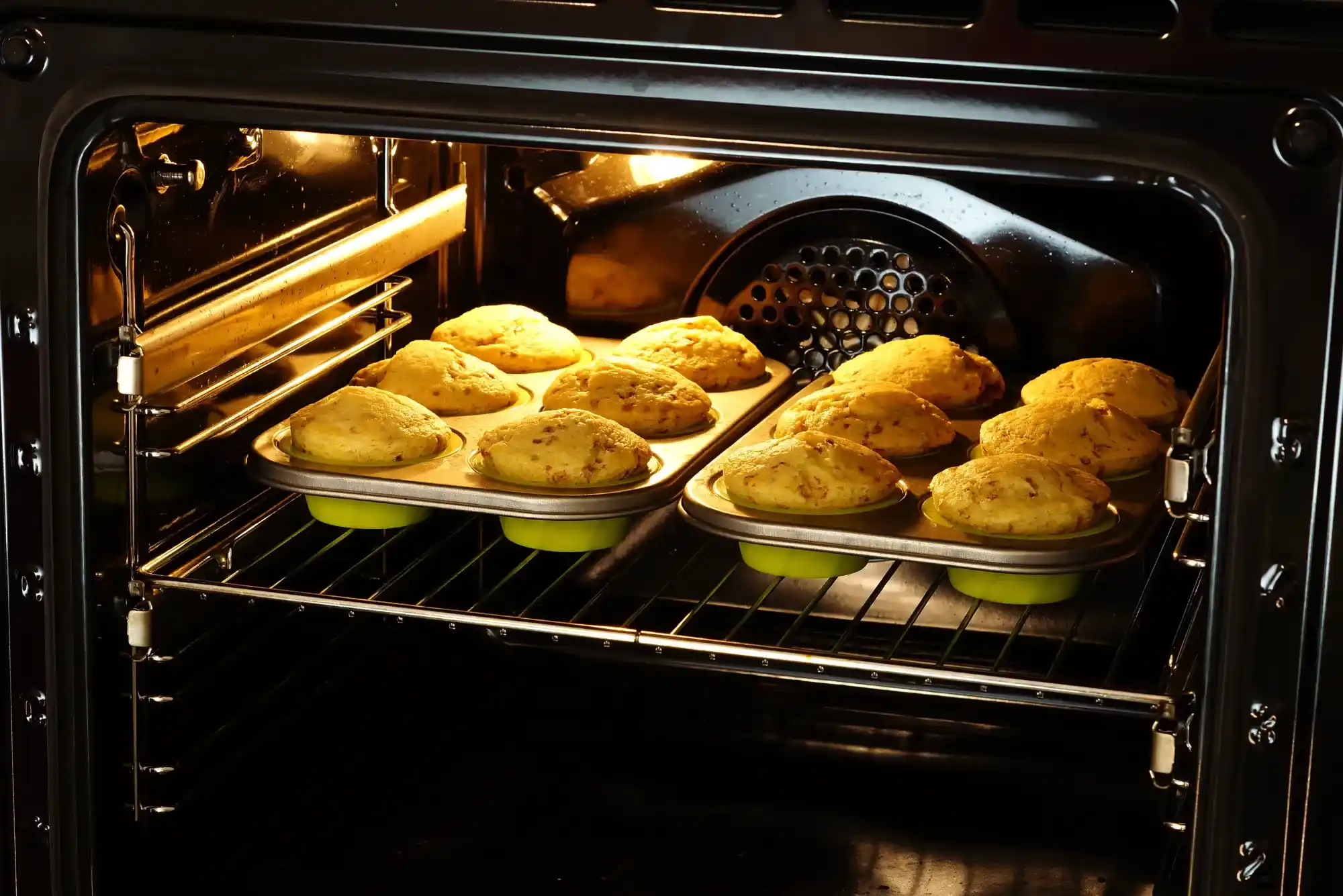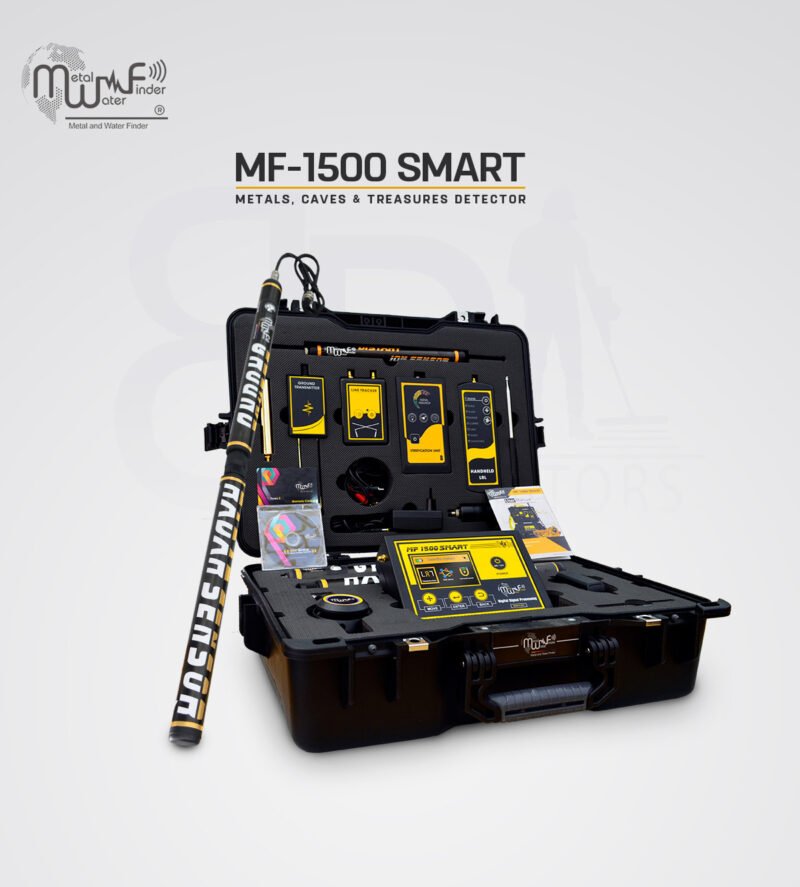The 1920s was a transformative decade in fashion, heavily influenced by the Jazz Age and the Prohibition era. One of the most iconic looks from this time is the 1920s bartender outfit. This look, popularized in speakeasies and bars of the era, combines vintage charm with sophistication. From vests and bow ties to slicked-back hair, the 1920s bartender outfit is a timeless style that continues to capture interest today. Here’s an in-depth look at the essential components of this outfit, along with tips on recreating it for modern times.
Elements of a Classic 1920s Bartender Outfit
The Prohibition era (1920-1933) was a time when alcohol was banned, and secret bars known as speakeasies became popular gathering spots. Bartenders in these establishments were known for their refined yet functional fashion, reflecting both the professional atmosphere and the glamour of the 1920s. The typical 1920s bartender outfit was sophisticated and practical, designed to make bartenders appear trustworthy while they served in high-class hidden clubs. Essential elements of this look include tailored shirts, vests, trousers, and distinctive accessories.
Essential Clothing Pieces for a 1920s Bartender Look
Shirts and Vests
- Shirts: Bartenders in the 1920s typically wore crisp, white, collared shirts made of cotton or linen. These shirts added a clean, professional look, often paired with rolled-up sleeves to allow freedom of movement while serving drinks.
- Vests: A well-fitted vest was central to the 1920s bartender attire. Bartenders wore solid or subtly patterned vests, often in darker colors like navy or gray. Vests added layers and a tailored appearance, enhancing the outfit’s overall refinement.
Trousers and Suspenders
- Trousers: Trousers were generally straight-cut and high-waisted, adding length and a streamlined effect. Wool and tweed were popular materials, ensuring durability and style.
- Suspenders: Suspenders were essential since belts were less popular in men’s fashion during this era. They were functional, keeping the trousers in place, and added a touch of vintage charm to the look.
Jackets and Coats
- Blazers and Lightweight Jackets: While many bartenders worked without jackets, a lightweight blazer or jacket was often worn when outside the bar or during formal events. These were typically well-fitted and made from wool or cotton blends in colors like navy, charcoal, or black.
Accessories to Complete the 1920s Bartender Look
Accessories played a vital role in completing the 1920s bartender outfit. From bow ties to newsboy caps, accessories allowed bartenders to express personality while adhering to the classic style.
Bow Ties and Neckties
- Bow ties were an iconic accessory for bartenders, giving a touch of formality to the outfit. Solid or striped ties were popular, adding contrast to the white shirt. Some bartenders also wore neckties for a slightly different, yet equally stylish, look.
Hats and Headwear
- Hats were a staple in the 1920s, with bartenders often wearing newsboy caps or fedoras. These added a finishing touch and were practical for bartenders who worked late hours or were often seen in dimly lit speakeasies.
Shoes and Socks
- Shoes: The go-to shoe styles for bartenders were leather oxfords or wingtip shoes. These shoes were polished, durable, and formal, ideal for the speakeasy environment.
- Socks: Socks with subtle patterns, such as stripes or checks, added a hint of individuality. Dark colors like navy, black, or gray complemented the trousers and shoes, maintaining the sophisticated look.
Grooming and Hairstyles for a 1920s Bartender Look
Personal grooming was essential for bartenders in the 1920s, as a well-kept appearance conveyed professionalism. Hairstyles were typically short and slicked back, achieved with pomade or hair gel to create a glossy, controlled finish. Some bartenders also sported a neatly trimmed mustache, adding an air of maturity and elegance.
Popular Fabrics and Colors in 1920s Bartender Outfits
Fabrics and colors chosen by bartenders reflected the quality and aesthetic of the time:
- Fabrics: Common materials included wool, cotton, linen, and tweed, known for their durability and breathability.
- Colors: Darker, neutral tones like navy, charcoal, gray, and black were standard. Occasional muted patterns, such as pinstripes or subtle checks, added dimension without compromising the understated elegance.
How to Recreate the 1920s Bartender Look Today
Recreating the 1920s bartender outfit today requires a few vintage or inspired pieces:
- Vintage Shops and Thrift Stores: Many pieces, such as vests, trousers, and bow ties, can be found in vintage shops or thrift stores.
- Modern Alternatives: For a modern twist, look for high-waisted trousers and collared shirts with a vintage cut. Many retailers now offer retro-inspired lines that pay homage to the 1920s era.
- Accessories and Grooming Products: Complete the look with polished leather shoes, suspenders, and a bow tie or necktie. Modern pomades and styling gels can help achieve the classic slicked-back hairstyle.
The 1920s bartender outfit is a timeless style that has found its way back into popular culture. From vests and suspenders to slicked-back hairstyles, this classic look captures the essence of the Jazz Age and the sophistication of the Prohibition era. Whether you’re dressing up for a themed event or want to bring a vintage touch to your wardrobe, the 1920s bartender look offers a blend of elegance, functionality, and old-world charm that’s hard to resist.



